5. Henry: Portrait of a Serial Killer
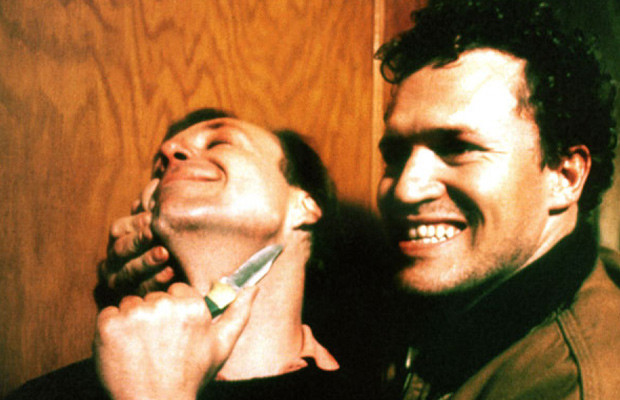
Even though millenials know Michael Rooker as the redemptive Yondu from “Guardians of the Galaxy,” few know that his breakout role was playing the the title character in ”Henry: Portrait of a Serial Killer.” Unlike Yondu, however, there’s nothing remotely redemptive about Henry, even though at first the viewer is led to believe that love will eventually save him. But as the shocking climax shows, it’s not like that with people like Henry. Love can save some people, but it cannot save monsters.
“Henry: Portrait of a Serial Killer” is noteworthy in cinematic history for the struggles the filmmakers went through to get this to the big screen. Made from only a measly $110,000 budget, the film would eventually end up making millions thanks to video and DVD sales. The behind-the-scenes stories are an inspiration for any aspiring independent filmmaker out there.
As a portrayal of a serial killer, you can hardly get better than this. It’s uncomfortable, ugly, sleazy, just the way it is in real life. There are traces of black humor, especially in the first quarter, but it quickly becomes clear that the subject of serial killers is no laughing matter – except if they are directed by John Waters, more on that later…
The film takes some cues from the real-life serial killer Henry Lucas, though it’s different enough not to consider it a straight adaptation. As with most of these films on this list, it’s the performances that really sell it. Rooker was perfect for the part, both in his appearance and demeanor – he was apparently in character through most of the shoot, which must have been awkward for his fellow cast members. Noteworthy too is Otis Towles as Henry’s repulsive lackey Otis, and Tracy Arnold as Becky, the most tragic character of the film.
For anyone interested in cinematic serial killers, this is certainly the one to start with.
4. Snowtown
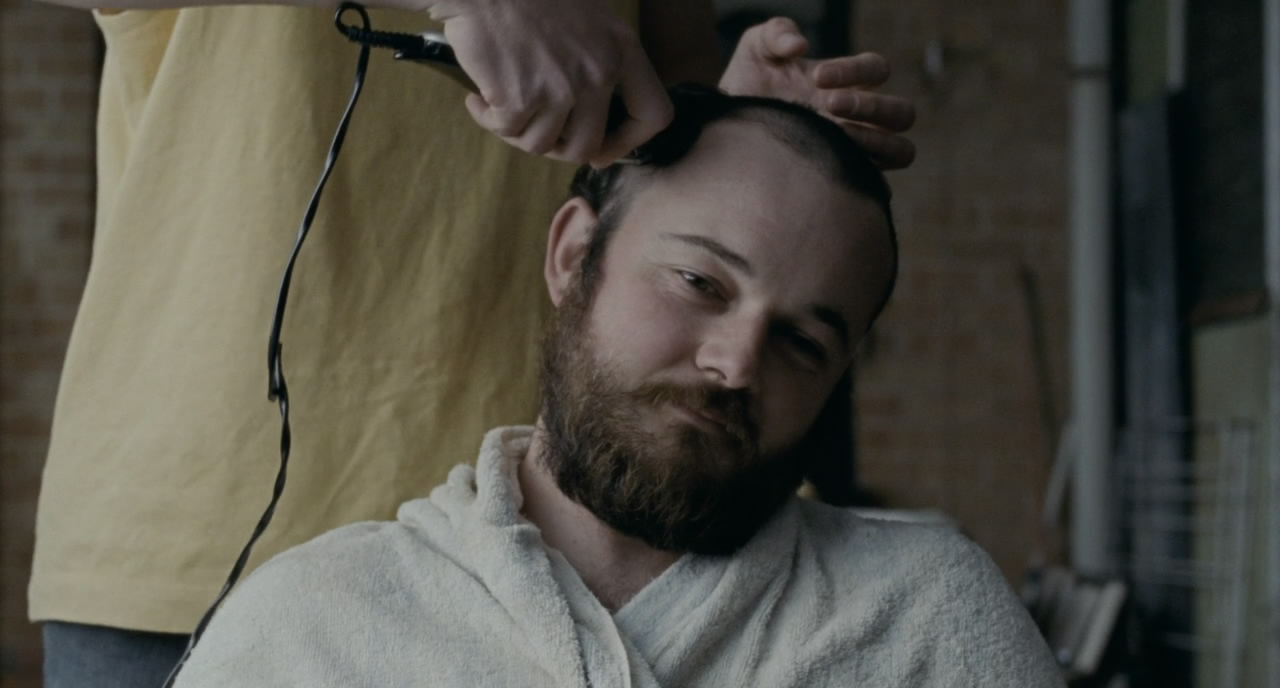
Knowing nothing about Australia’s most infamous serial killer John Bunting, I wasn’t sure what exactly I was getting into watching Justin Kurzel’s cinematic debut “Snowtown.” I had a sneaking suspicion that it wasn’t going to be comfortable viewing and these suspicions were shockingly proven right within the first 15 minutes.
But the disturbing aspects of the film aren’t necessarily the visceral violence, though there are a few scenes that many might be too squeamish (with one involving someone’s toes). But it’s more with the implied nature of the violence, the imagination that takes hold after seeing the aftermath of the carnage: the little gore we see in the bathtub, the beaten faces of the near-dead victims, the black barrels piled next to each other, the bag full of torture tools.
The film first introduces us to a meek young man Jamie (Lucas Pittaway) living with his mother (Louise Harris), his little brother, and an older brother named Troy who continually sexually abuses him. When the brothers are also sexually abused by a seemingly kindly neighbor, who after being arrested is quickly released on bail, John Bunting (Daniel Henshall) enters their life. He motivates Jamie and the brothers to harass the neighbor and becomes romantically involved with his mother.
At first Bunting seems like a savior, full of charm and with a warm and welcoming smile. But slowly and surely we see his domineering and insidious side coming out as he wants to indoctrinate Jamie into his murderous ways.
Despite this being his debut, Kurzel immediately proved himself to be a master of the craft, as the film is filled with relentless tension and unease that refuses to let you go until the very end. But it isn’t just the depravity that’s realistically recreated – it’s the poverty of the world these characters live in. The shots of the desolate Snowtown landscape, alongside the dilapidated houses, only adds to the horror of the film. None of the actors were professionals during filming and it shows – not that they aren’t great actors, because they are, but because they feel like real people. There’s nothing remotely glossy about anything we see on screen.
As an examination of a serial killer, this might be as disturbing and realistic as ”Henry: Portrait of a Serial Killer.” The difference between Henry and John is that Henry doesn’t have the intellectual wit John has, who justifies his killing almost as an act of charity for the community. But it becomes clear that all John really wants is to watch the light go out of his victims eyes.
It’s sick. It’s evil. It’s real life-life.
3. Maniac (2012)
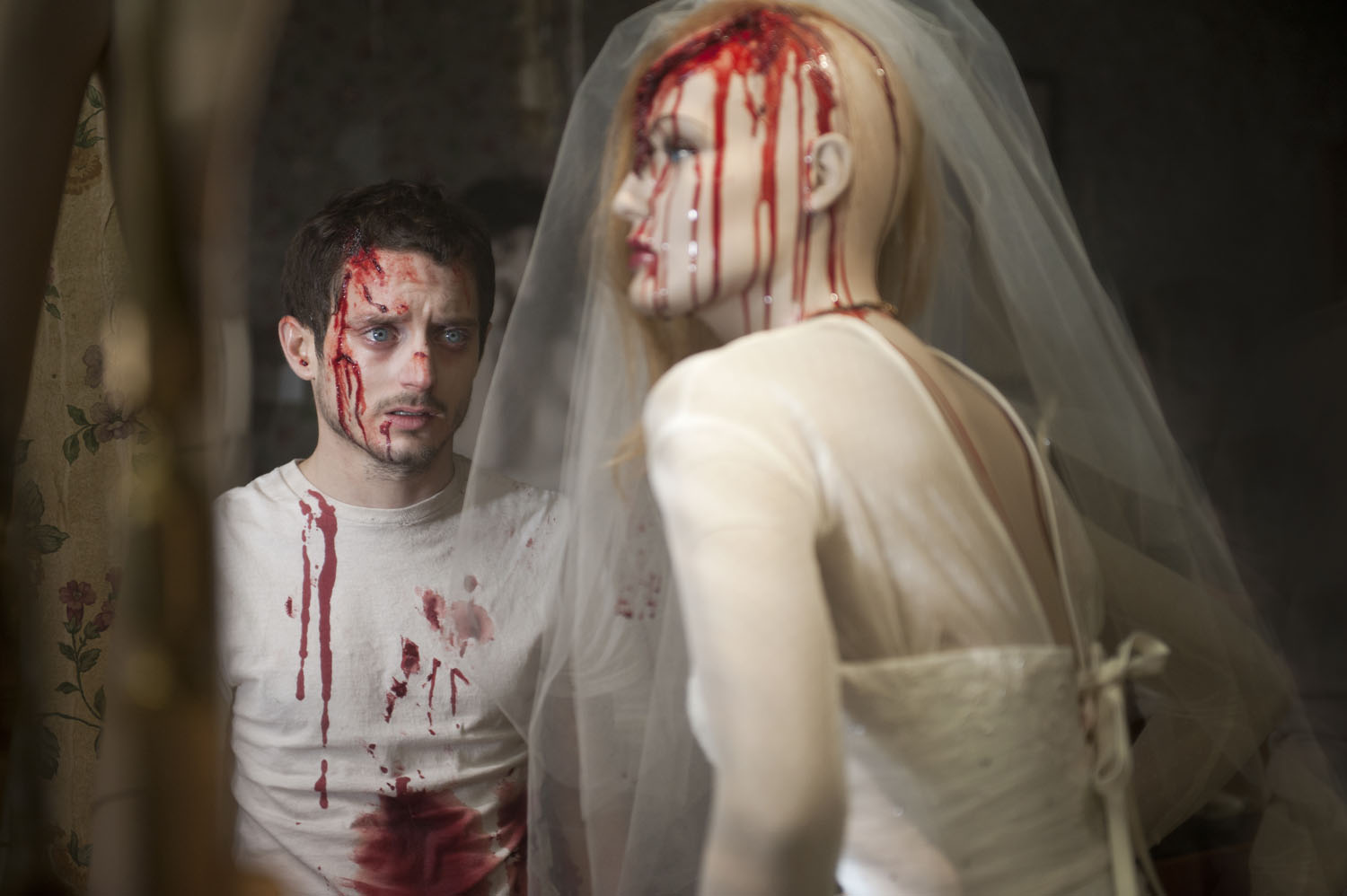
Both William Lustig’s exploitation classic ”Maniac” and its 2012 remake have their own idiosyncratic appeal, so it’s hard to say which one is better. While the original is far more gritty, filmed guerrilla-style and with that old school Tom Savini effects work, the remake is far more sleek, with the story told from the POV perspective of its murderous protagonist.
Just like the original, “Maniac” is about a serial killer who lurks at night to scalp unsuspecting women. In the original, the setting was New York – director Lustig had no permits so hence the guerrilla style – while in the remake it’s Los Angeles.
The film is a loyal remake, despite its POV perspective, though there are various differences. One of them being the look of the main character. Instead of someone looking like Joe Spinell, who was overweight with long black-matted hair and whose face was filled with acne scars, the boyish Elijah Wood was cast.
Despite this, Wood does an excellent job, even though he isn’t in front of the camera much due to the POV perspective. Like Spinell’s interpretation, you slightly feel for him despite his murderous habits, because you know that he’s suffering too and that he can’t help it. Wood’s innocuous appearance makes it also more likely for him to come close to certain victims.
The POV perspective is done imaginatively; the screen gets fuzzy whenever the character suffers from a migraine, and you see him come in and out of hallucinations. Most interestingly is when the POV perspective disappears, such as in the murder sequences, implying that he’s outside his own body and losing control of himself.
The gore is done flawlessly; it’s mostly practical but with some CGI to hide some of its flaws. One thing that certainly makes the remake superior is the moody synth-score by artist Rob: it gives this film a haunting and tragic feel and it’s a wonderful ode to the slashers of the ‘80s.
The 2012 “Maniac” is a highly underrated film. It’s one of the greatest horror remakes of recent decades because it shows you that you can be both faithful to the original while also giving it an original spin.
2. Serial Mom
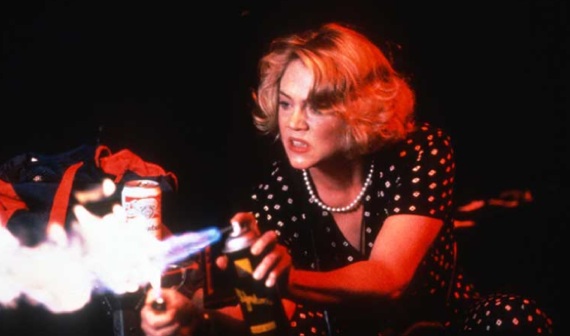
For many, this is John Waters’s greatest film, as it perfectly balances Waters’s subversive tendencies, camp, and satirical humor. Though Waters certainly has a lot of credible cinematic achievements, ”Serial Mom” might certainly be his best. Though it has some dated 90’s references (anyone remember Suzanne Somers?), it has only become more beloved in time.
Kathleen Turner is hilarious as the titular ‘serial-mom,’ a perfect suburban housewife who starts murdering people when they defy certain unwritten social rules. Her family, consisting of her son and massive horror buff Chip (Matthew Lillard), her homely daughter Misty (Ricki Lake), and loving husband Eugene (Sam Waterston) all try to stand by her regardless of her murderous habits – but will also in some cases try to profit from it.
“Serial Mom” satirizes America’s fascination with true crime and serial killers. It mocks our obsessive need for wanting to humanize these serial-killing subjects, trying to mold them into some redemptive ideal. For cinematic historians, there are references and nods to classic subversive filmmakers such as Herschell Gordon Lewis, Otto Preminger and more.
But if there’s one reason to watch “Serial Mom,” it’s Kathleen Turner, who just kills (sometimes literally) it in every scene.
1. The Psycho Sequels
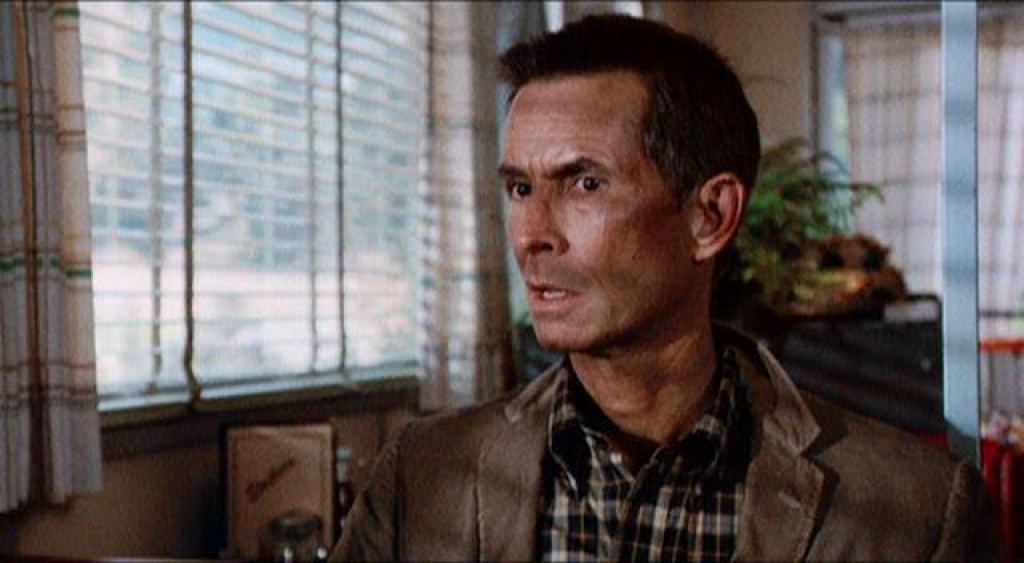
It’s easy to understand why the sequels of Alfred Hitchcock’s ”Psycho” have been mostly ignored over time. The original ”Psycho” has the kind of legacy that can never be replicated. How can any sequel to it, especially decades after the original, have the same impact? By this time, the audience had endured numerous cinematic spectacles of horror and suspense, and anything from the original ”Psycho” would seem quaint by now.
Why even make a sequel after all these years? It was the ‘80s by then, and it seemed like studio executives were trying to cash in on the slasher craze that was running rampant then. They wanted Norman Bates to go up against Jason or Freddy. But while Jason had the sleazy exploitation vibe, Bates had that respectable Hitchcock class attached to it. It was interesting imagining Norman Bates in the hedonistic ‘80s. Yet the original didn’t need a sequel. It ended perfectly as it did.
But we got one anyway – not only that, we got two more after it. Upon revisiting the sequels recently, I realized that it might be one of the greatest slasher franchises and the character of Norman Bates only became more interesting with each sequel.
“Psycho II” has Norman Bates return to the civilized world after spending two decades in an asylum. At first he seems to adjust just fine, but then he starts getting strange phone calls and notes, seemingly from his dead ‘mother.’ When a darkly figure who looks like Bates’ mother starts murdering people, we begin to question whether Bates has returned to his old serial-killing ways. The eventual (and slightly convoluted) twist is nicely thought out, and the ending is darkly humorous and extremely satisfying.
“Psycho III” was directed by Perkins himself, and though it’s worst of the sequels, it remains a fascinating entry of the Norman Bates story. Accompanied by a mournful score by Carter Burwell, the film asks questions regarding whether we can really escape our past or whether we will always be prisoners to them. While the ending is slightly disappointing, it’s has the most fascinating atmosphere of all the sequels, and deserves far more respect than it got during its release.
“Psycho IV: The Beginning” could be considered a reboot as it ignores parts II and III – though you could try to fit it in its original continuity, but that would probably give you a headache. It has an interesting narrative structure with Bates calling a radio show years after being released from the asylum, and confessing that he’s planning to murder again.
The film also dives deeper into his past, as we see his first kill and the abuse he endured from his mother. The film is a counterpart to part III, with regards to the question of whether or not we can escape our past. It’s much more hopeful and ties up the story of Norman Bates nicely.
What makes these films so great is Perkins’ wonderfully committed performance. No matter what he does, you keep feeling sorry for him since you know that it isn’t really his fault. He’s a constant prisoner in his mind due to the serious abuse he suffered from his mother.
While the first film centers around the twist, the sequels dive into the troubled mind of Norman Bates and it’s for this reason, even though I don’t think any of the sequels are necessarily better than the original, that I find the sequels more interesting.
Author Bio: Chris van Dijk is a writer and a self-proclaimed cinematic-connoisseur who started his unhealthy obsession with film at a very young age. He’s famous for being an incredible slob, taking himself way too seriously and getting along brilliantly with anyone who agrees with him.